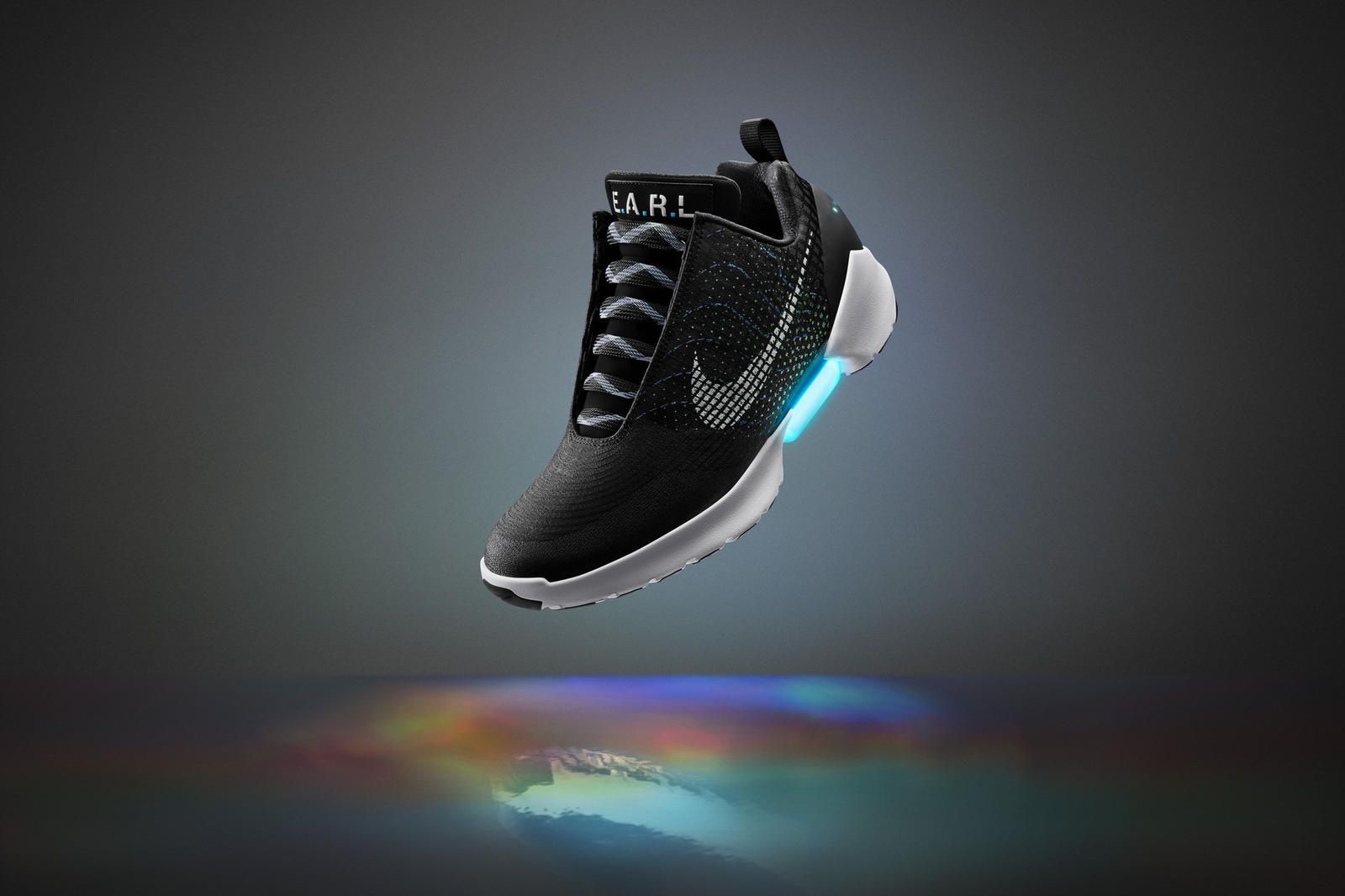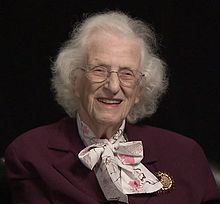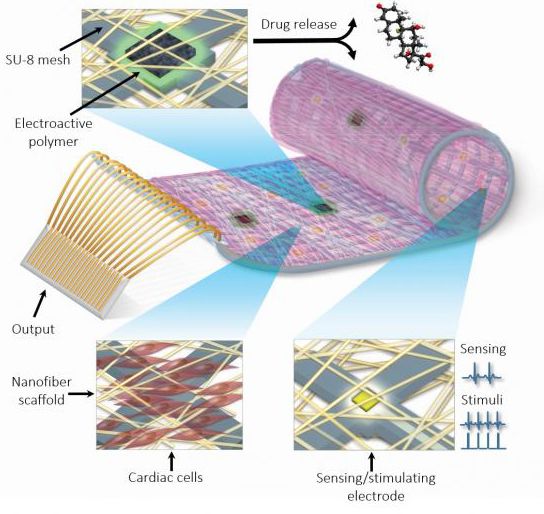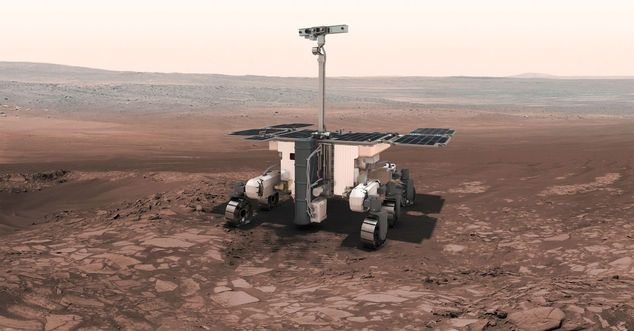Page 11343
Mar 17, 2016
Former NASA astronomy, relativity chief to discuss evolution of universe, from Big Bang to black holes
Posted by Karen Hurst in categories: cosmology, evolution
Another amazing female pioneer in STEM and she was a NASA chief astronomer to boot!
A former chief astronomer at NASA will discuss the evolution of the universe from the Big Bang to black holes during a lecture on Thursday, March 24.
It’s the opening of the 19th Annual Dick Smyser Community Lecture Series.
Mar 16, 2016
Cyborg Heart Patch Replaces Dead Cardiac Tissue with Combination of Healthy Cells, Electronics
Posted by Karen Hurst in categories: biotech/medical, cyborgs, electronics, health
Scientists at Tel Aviv University in Israel have developed a “cyborg heart patch” for replacing injured cardiac tissue. There has been considerable research on creating scaffolds seeded with cardiac cells, but simply delivering a bunch of cells in a neat package produces underwhelming results. The new patch developed at TAU integrates electronics alongside the cellular scaffold to both monitor and influence the activity of the cells.
The device can record intercellular electrical activity and deliver pulses to make the cardiomyocytes contract to a defined beat. Additionally, the researchers demonstrated that the electrodes within the patch can be covered with drugs to provide controlled release of medication right to the nearby heart cells.
This is certainly an impressive achievement that may herald a truly therapeutic approach for treating cardiac infarcts and other conditions of the heart.
Mar 16, 2016
Light Activated Bio-Bots Powered by Live Muscle Cells (VIDEO)
Posted by Karen Hurst in categories: 3D printing, biotech/medical, genetics, robotics/AI
March 16th, 2016 ![]() Editors Nanomedicine
Editors Nanomedicine
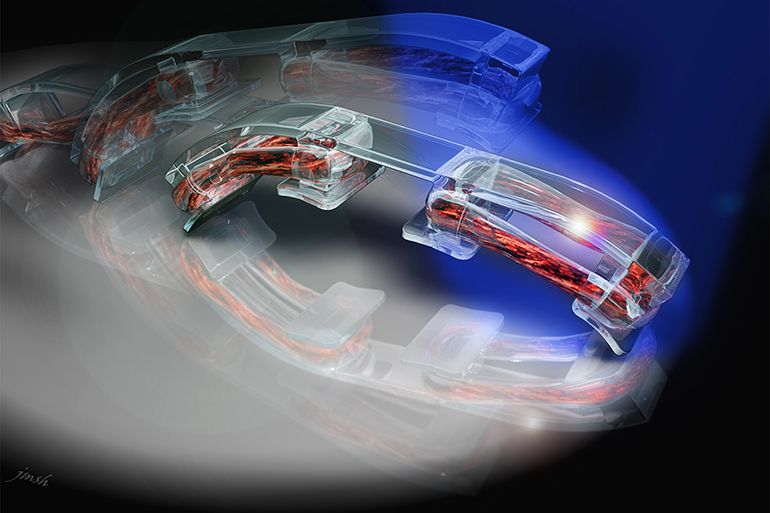 Biologically powered robots may one day be used to perform surgical procedures, deliver drugs, and maybe to even make humanoid overlords for us mortals. A big step toward that was taken by researchers at University of Illinois at Urbana-Champaign who used light-activated muscle cells as the power source to make tiny bio-bots.
Biologically powered robots may one day be used to perform surgical procedures, deliver drugs, and maybe to even make humanoid overlords for us mortals. A big step toward that was taken by researchers at University of Illinois at Urbana-Champaign who used light-activated muscle cells as the power source to make tiny bio-bots.
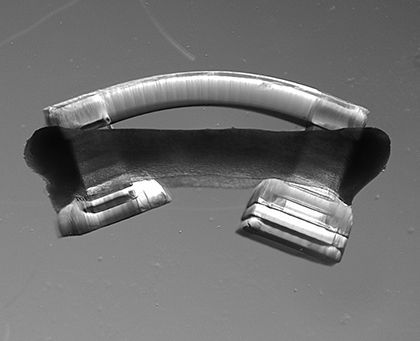
The optogenetic technique published in Proceedings of the National Academy of Sciences relies on genetically engineered mouse muscle cells that were made to contract in response to blue light. Rings of these cells were placed around a 3D printed flexible rods of different lengths between two and seven millimeters. When light was illuminated over the mechanism, the biobots contracted and walked in a certain direction. Various lengths and configurations were tried to achieve the best walking results. Moreover, the researchers were able to change the direction of the walking bio-bot.
Continue reading “Light Activated Bio-Bots Powered by Live Muscle Cells (VIDEO)” »
Mar 16, 2016
Using machine learning to rationally design future electronics materials
Posted by Sean Brazell in categories: computing, information science, materials, particle physics, robotics/AI, singularity, solar power, sustainability
Even if we don’t create a true AI for a thousand years, these algorithms, pared with our exponentially increasing computing power, could have much of the same effect on our civilization as the more traditional, AI-centric type Singularity. Very, very soon.
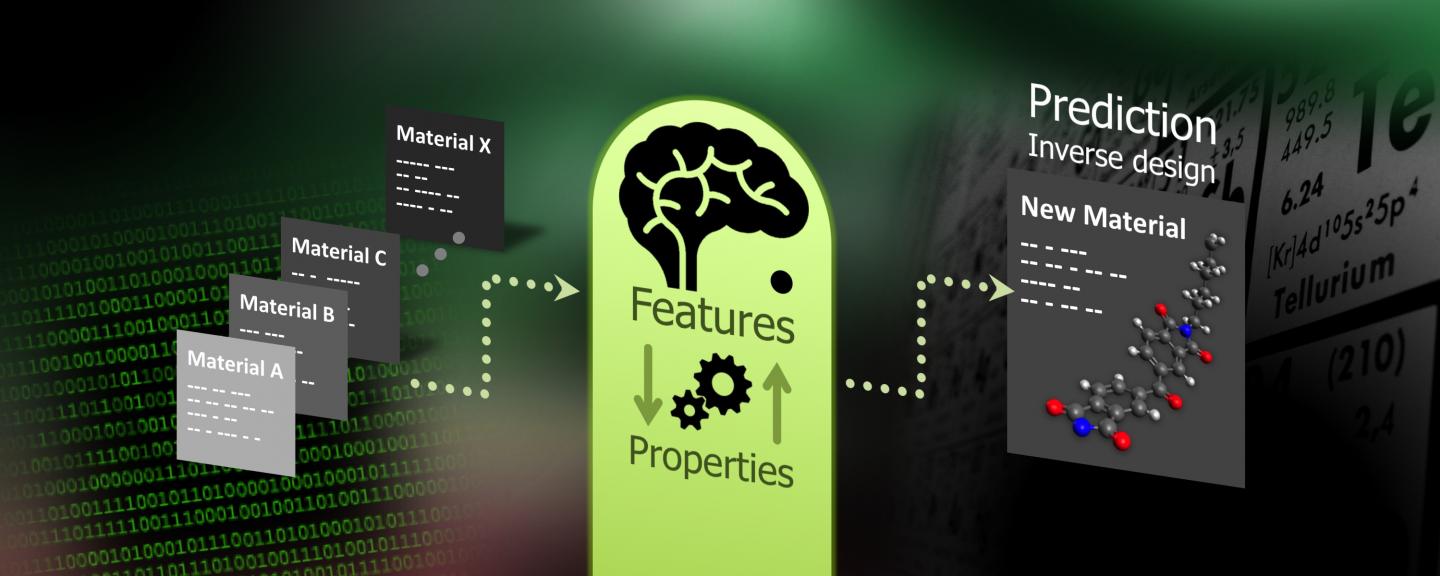
Replacing inefficient experimentation, UConn researchers have used machine learning to systematically scan millions of theoretical compounds for qualities that would make better materials for solar cells, fibers, and computer chips.
Continue reading “Using machine learning to rationally design future electronics materials” »
Mar 16, 2016
ExoMars 2016 phones home on way to Mars
Posted by Karen Hurst in category: space travel
“There is a political meaning and objective to this mission: working together beyond national borders, beyond crises on Earth”, he told Bloomberg, adding, “We use a Russian launcher, with American contribution and it’s a European mission”.
The ESA’s ExoMars 2016 mission — carrying two Electra UHF, or ultra- high frequency, radios — launched from Kazakhstan and is expected to arrive at Mars in seven months.
This is a series of missions that’s trying to address one of the fundamental questions in science: is there life anywhere else besides the Earth? ExoMars is a two-phase mission, with the second phase to be launched in 2018.
Continue reading “ExoMars 2016 phones home on way to Mars” »
Mar 16, 2016
There’s No Cloning in Quantum Mechanics, So the Star Trek Transporter Really Is a Suicide Box
Posted by Karen Hurst in categories: health, particle physics, quantum physics

Yesterday, a report came from a tech company in Asia that they are proposing to do Quantum teleporting on humans. So, we have that camp; today we have the other camp with this article stating to do so means death. Personally, I have my doubts around humans or animals of any sort being able to teleport like Star Trek; great concept. However, to do so means breaking down your make up into particles and hopefully without killing you, the particles transport and reassemble themselves and everything remains healthy and functioning. Wish the test subjects all the best.
Remember last week’s video about the trouble with Star Trek’s transporter (a.k.a. a “suicide box”) by CGP Grey, delving into whether the teleported version of yourself would really be, well, you? Henry Reich of Minute Physics has posted a video response with his own resolution to the logical paradox.
Mar 16, 2016
Seeing the Light
Posted by Karen Hurst in categories: augmented reality, security, virtual reality
Augmented and Virtual Reality are two areas that tech companies and IT shops can make huge impacts in multiple areas. Enterprise Apps and Services such as with ERP & CRM solutions, Content & Media Management, BI, Security, Testing, Training, etc. List just goes on and on. For Consumers it is everything from theme parks, to movies, to home theaters & streaming TV/ Videos, etc. The real question who will get there 1st on the enterprise apps & services piece as well as who has the most to offer in all areas?
Another concept to think about is how can VR be leveraged in security screening and identity management more as well as leveraged more in electronic currency and transactions in the near future.
Growing numbers of manufacturing professionals in the automotive space are embracing augmented-reality technology, leveraging powerful new tools to optimize efficiency and minimize mistakes.
Mar 16, 2016
Virtual Reality And Payment Wearables Tee Off At The Arnold Palmer Invitational Presented By MasterCard
Posted by Karen Hurst in categories: augmented reality, virtual reality, wearables
MasterCard is bringing the future of commerce to life with virtual and augmented reality commerce experiences and payment enabled wearables at the.
Arnold Palmer Invitational Presented by MasterCard (API) in Orlando, FL. Soon, golf fans may be able to shop for Graeme McDowell’s equipment and G-Mac apparel, while teeing off with him on a virtual fairway. Or, while out on the course, golfers might simply tap their golf glove at the point-of-sale to buy refreshments from the beverage cart—no wallet required.
Mar 16, 2016
This powerful headset can switch between virtual and augmented reality on the fly — you need to see it in action
Posted by Karen Hurst in categories: augmented reality, computing, mobile phones
You may have never heard of AMD, but you’ve almost certainly used products powered by the company’s technologies.
AMD, or Advanced Micro Devices, is one of the biggest chipmakers in the world. The 46-year-old California company makes computer chips and all the related tech needed to power applications on PCs, smartphones, tablets, and more.
On Monday, AMD surprised everyone with its newest initiative: The Sulon Q, built out of a partnership with Ontario-based Sulon Technologies.
